Fishing Streamsong
Fishing the phosphate pits was something I’d heard about ever since I got to Florida. This week I finally got a chance to try it.
Alex and I went to Streamsong Resort on Tuesday for some fishing and R&R. In a mastery of understatement, it’s quite the place.
We fished Tuesday evening and Wednesday morning with Bill Read, one of three guides on staff. Bill was everything you want your guide to be- knowledgeable, patient, personable, with a sense of humor. We immensely enjoyed fishing with him.
If you enjoy bass fishing and plush accommodations you need to try fishing Streamsong.
On to the photos.

Fossilized shark teeth set in jaws.

Close-up of said teeth.

Overlooking one of the ponds on the property.

View inside the main building.

One of the fine restaurants on-site.

The bookshelf in our room was custom made for these books.

Some of the other guests had nice wheels.
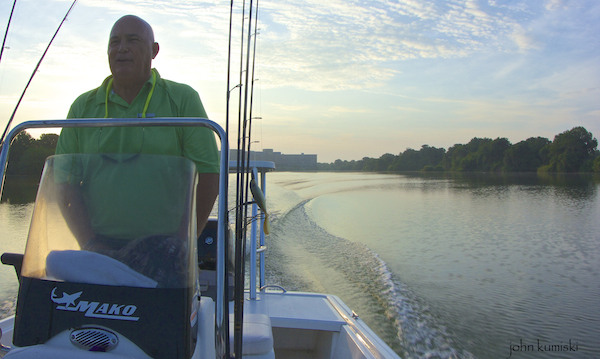
Bill Read on the morning run.
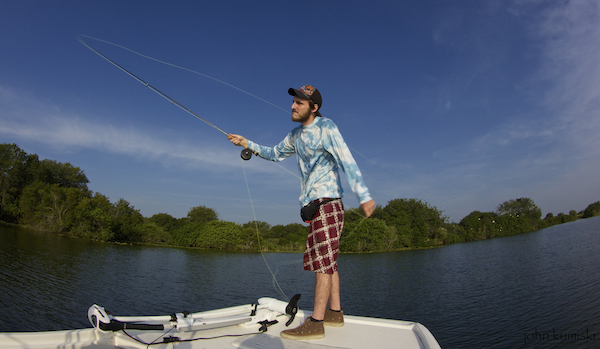
Alex slings some line.
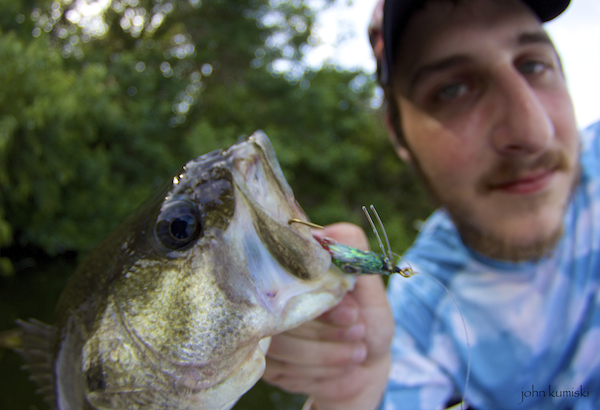
The only bass that fell to fly.
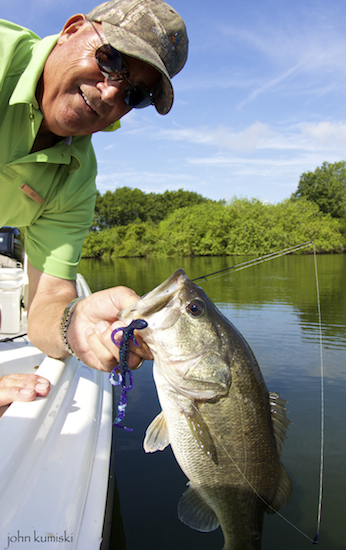
Bill with a nice, chunky fish. Most of our fish came on soft plastic baits Texas-rigged.
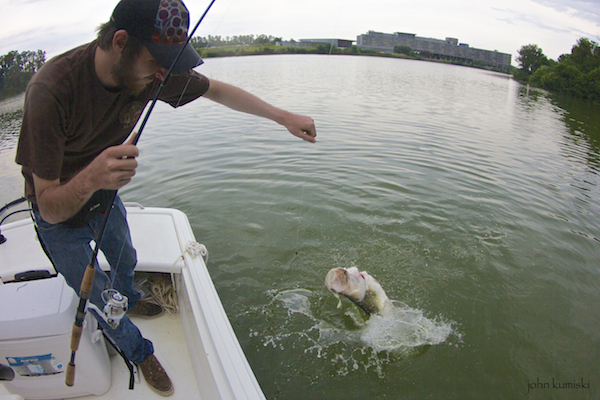
Alex trying to finish the job.
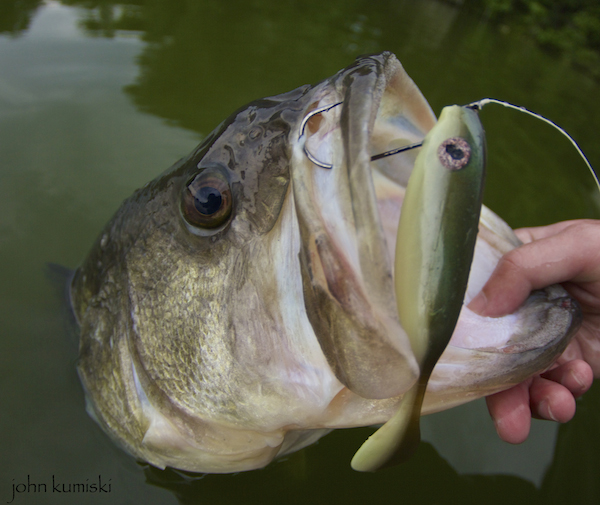
This was a nice fish!
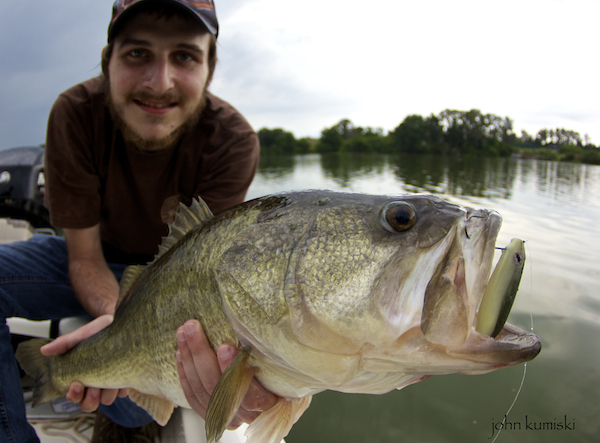
Alex with his prize.
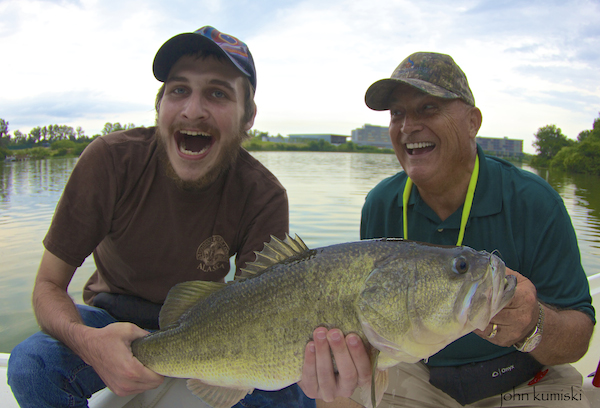
Alex and Bill do a little celebrating.
I certainly hope I get another chance at fishing Streamsong!
John Kumiski
http://www.spottedtail.com
All content in this blog, including writing and photos, copyright John Kumiski 2014. All rights are reserved.
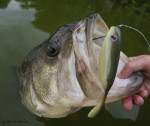
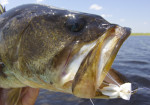
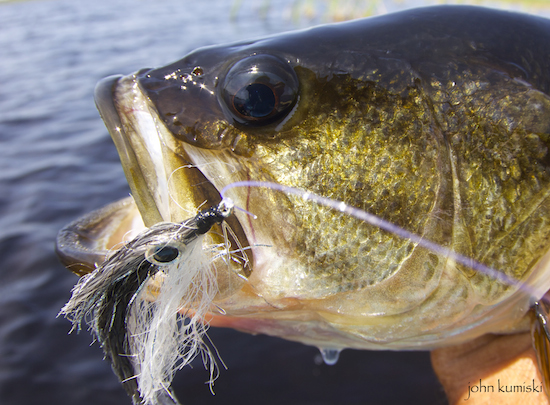
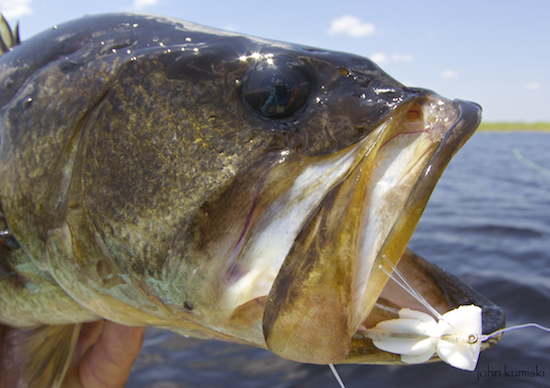
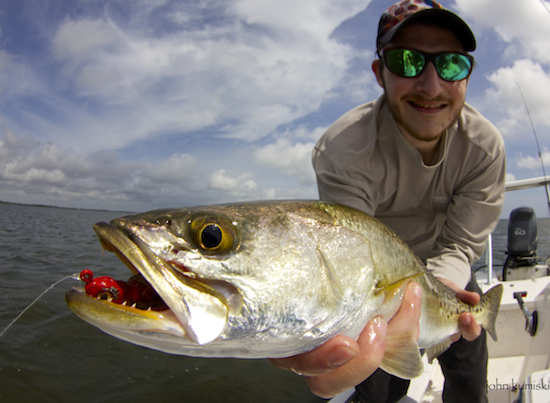
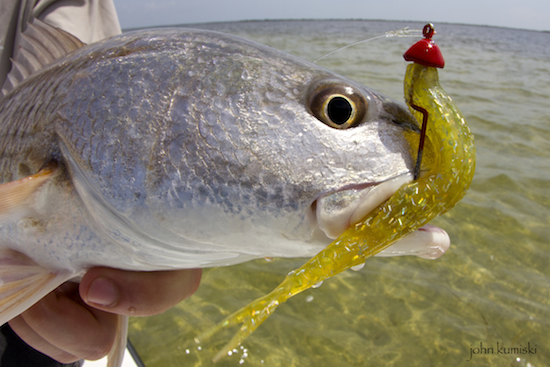
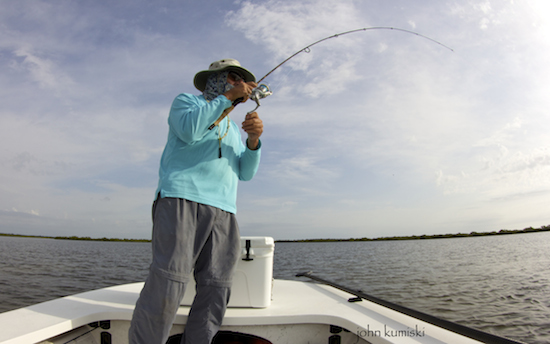
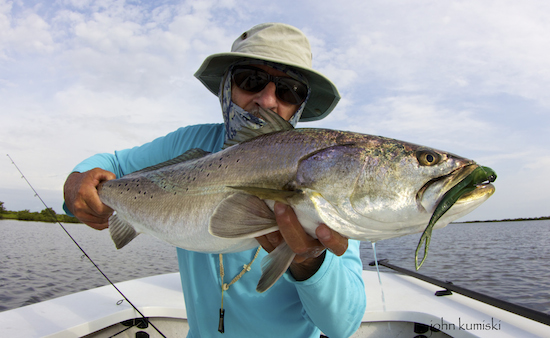
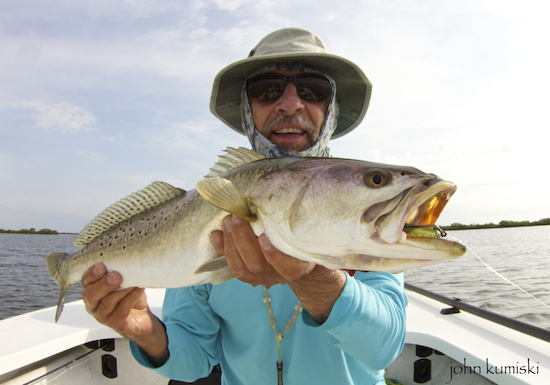
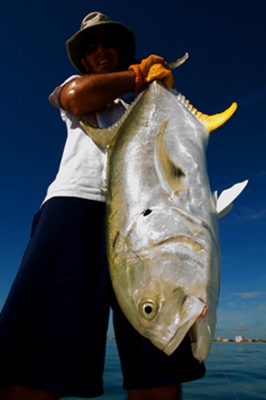
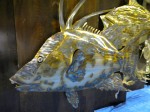
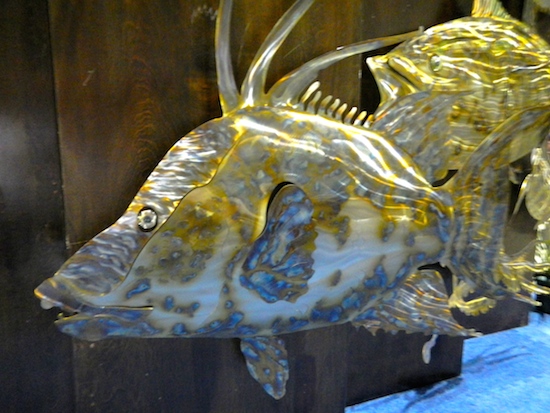
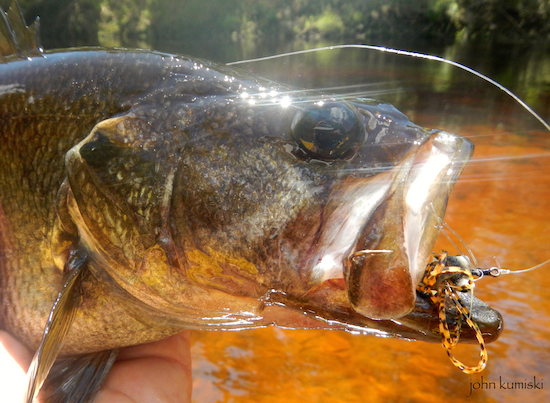
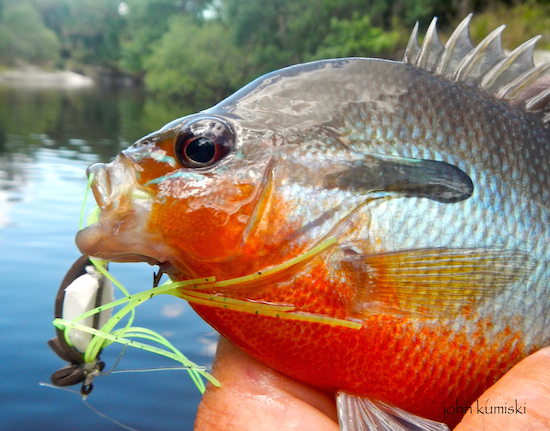
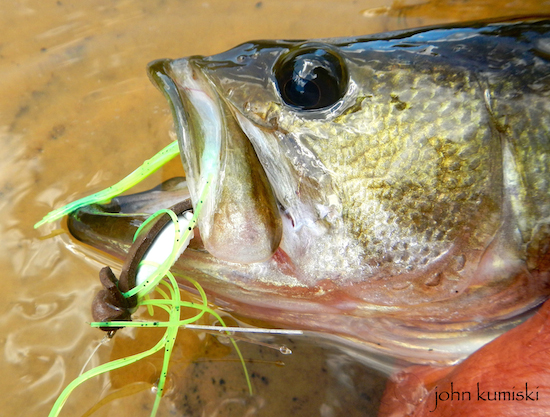
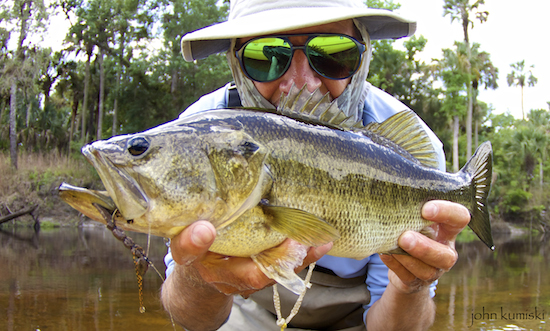
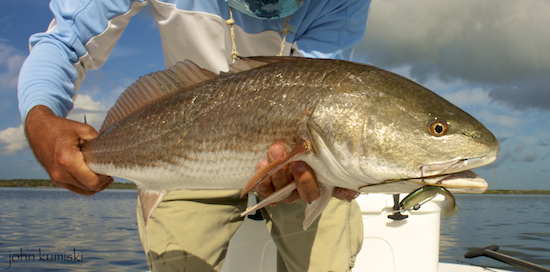
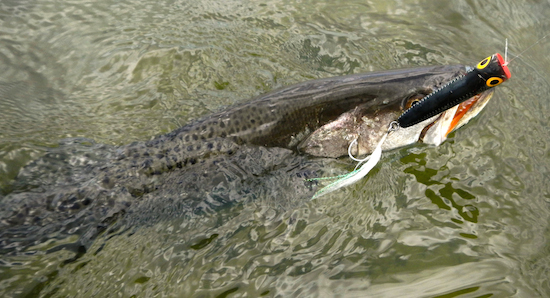
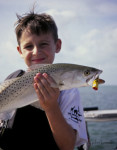
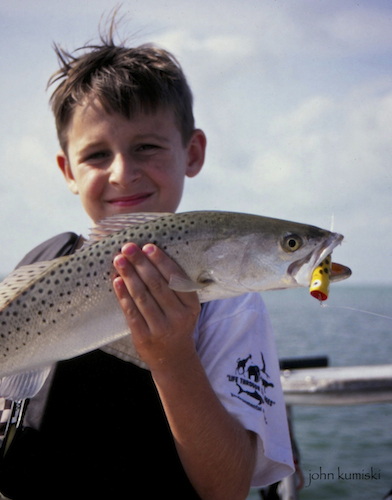
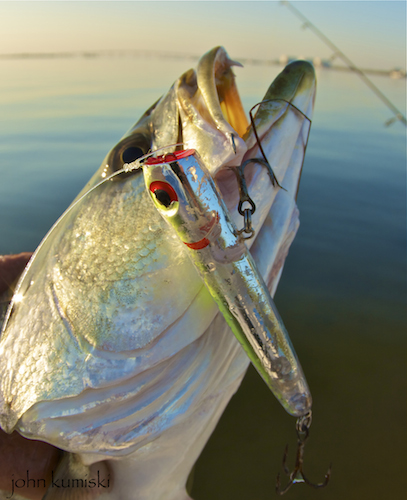
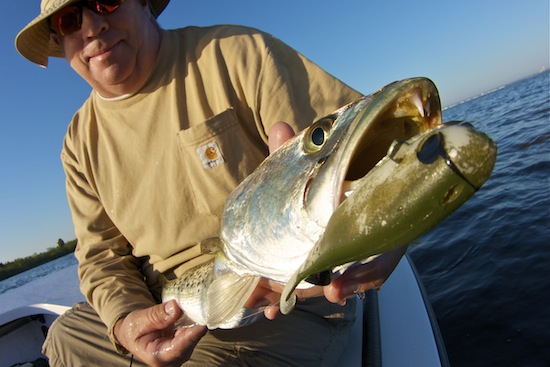
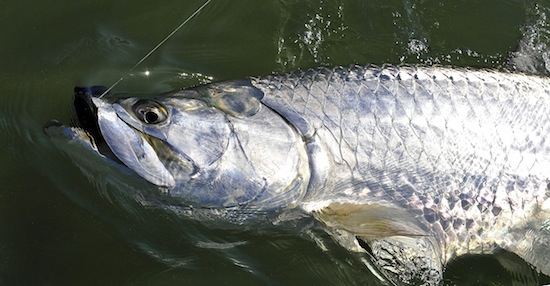
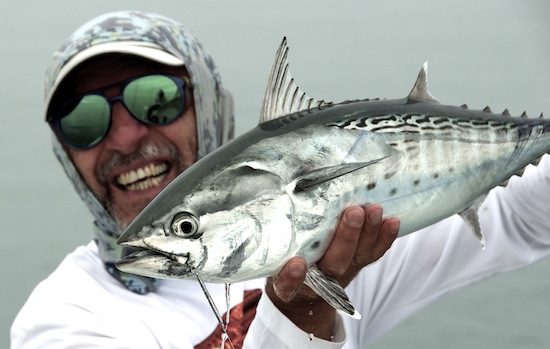
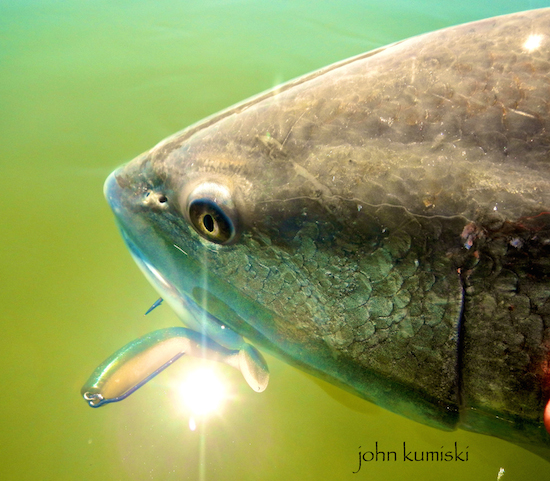
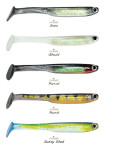
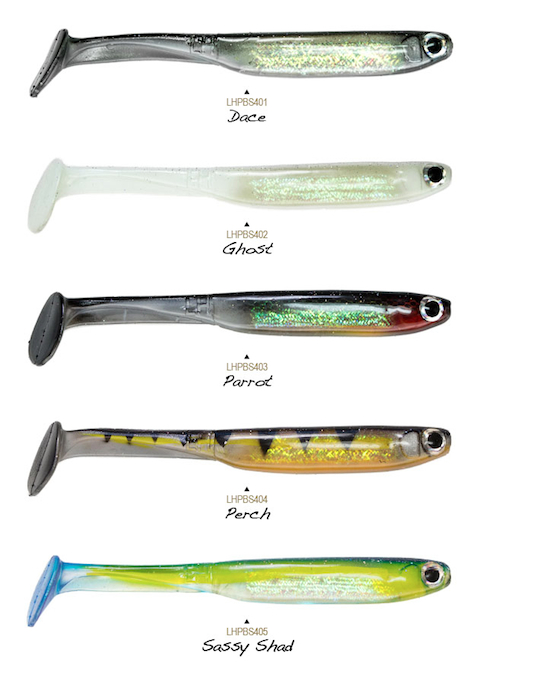
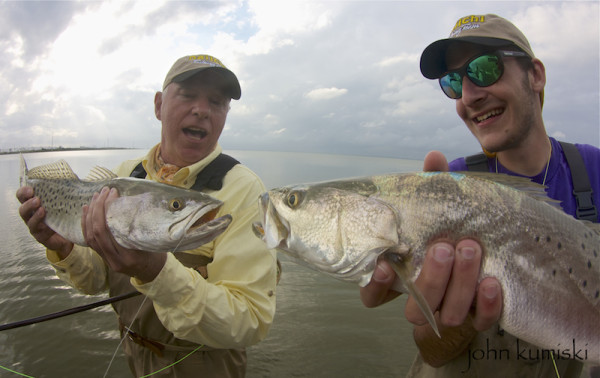
Recent Comments